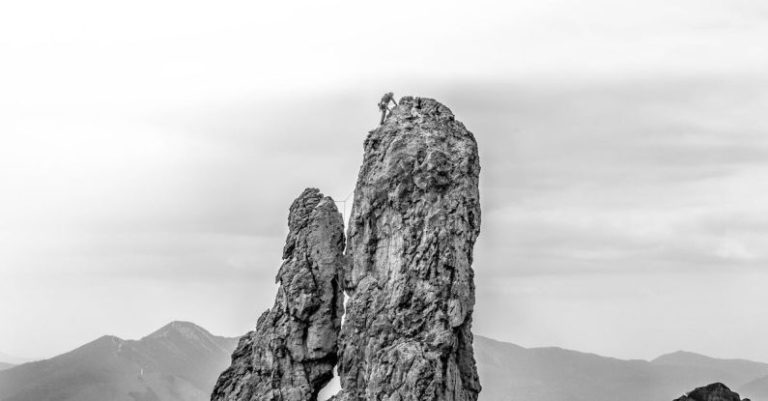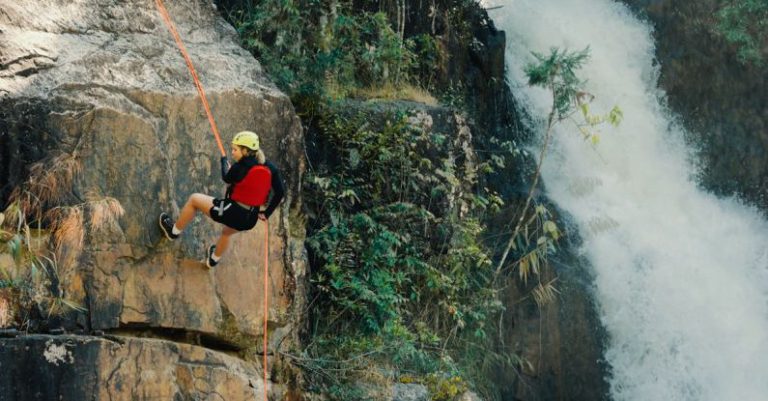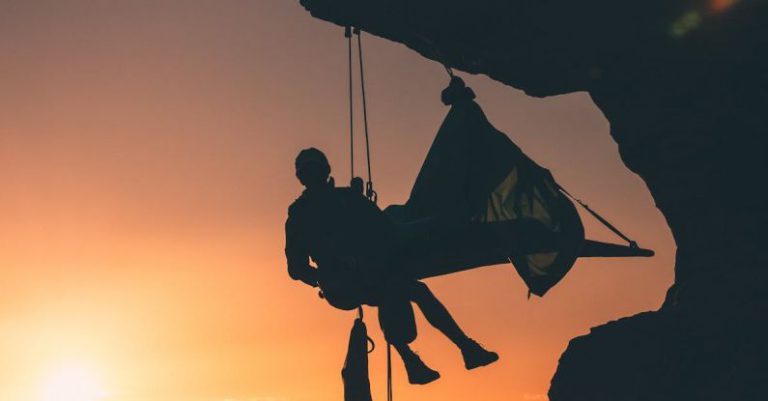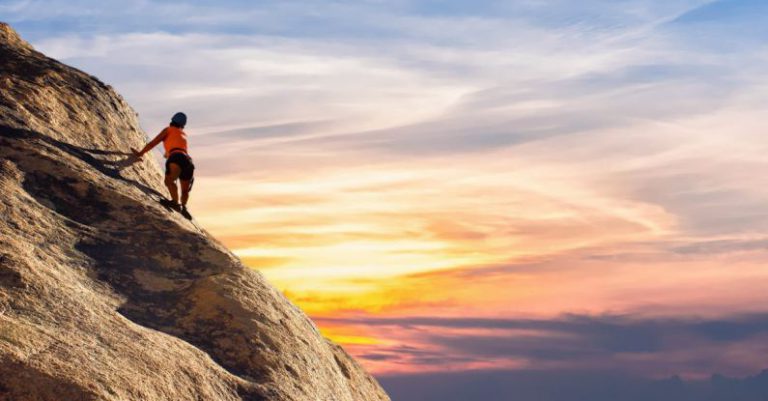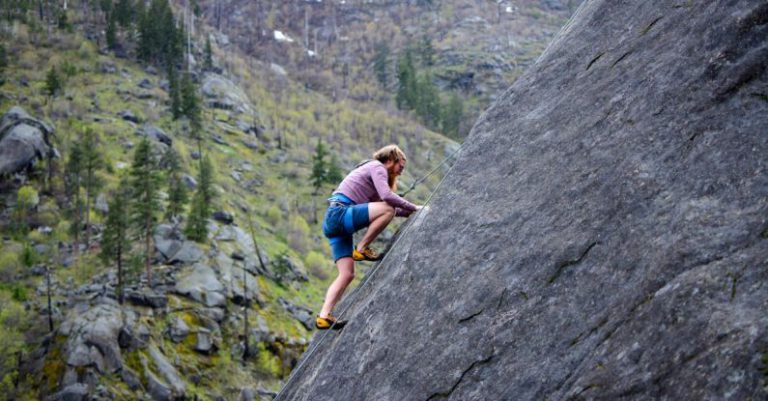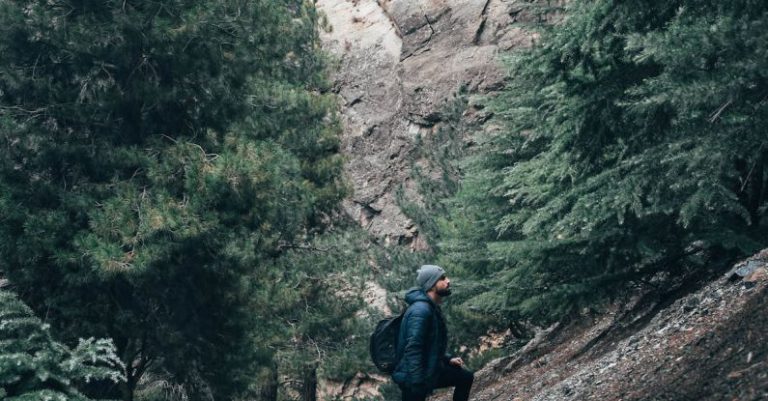
Rock climbing is a thrilling and challenging sport that provides a unique opportunity to connect with nature while pushing personal limits. As exhilarating as it can be, rock climbing also comes with inherent risks that must be mitigated through proper safety precautions. Whether you are a seasoned climber or a beginner looking to explore this exciting activity, understanding and adhering to safety protocols is essential to ensure a safe and enjoyable experience.
Gear Up Appropriately
One of the most critical safety precautions in rock climbing is ensuring you have the right gear and that it is in good condition. Climbing harnesses, ropes, carabiners, and other equipment should be inspected regularly for any signs of wear and tear. Always double-check that your gear is properly secured and that you are using it according to manufacturer guidelines. Investing in high-quality gear may come at a price, but it is a small cost compared to the value of your safety on the rock face.
Choose the Right Climbing Partner
Rock climbing is often a team effort, with climbers relying on each other for support and safety. When selecting a climbing partner, it is crucial to choose someone who is experienced, trustworthy, and shares your commitment to safety. Communication is key in climbing, so make sure you and your partner are on the same page regarding safety protocols, signals, and emergency procedures. Having a reliable partner can make all the difference in ensuring a safe and successful climb.
Assess the Climbing Route
Before starting your ascent, take the time to assess the climbing route thoroughly. Look for potential hazards such as loose rocks, unstable footholds, or unexpected obstacles. Understanding the terrain and planning your approach can help you anticipate challenges and make informed decisions during the climb. If you are unsure about the route or encounter unfamiliar terrain, don’t hesitate to seek advice from more experienced climbers or guides.
Practice Proper Climbing Techniques
Proper technique is not only essential for a successful climb but also for your safety. Take the time to learn and practice fundamental climbing skills, such as belaying, rappelling, and securing anchors. Knowing how to move efficiently on the rock face, distribute your weight, and maintain balance can prevent accidents and reduce the risk of falls. Consider taking a climbing course or hiring a guide to improve your skills and confidence on the wall.
Stay Hydrated and Energized
Rock climbing is a physically demanding activity that requires strength, endurance, and focus. To ensure you are performing at your best and maintaining safety on the wall, it is essential to stay properly hydrated and fueled. Bring an adequate supply of water and snacks to keep your energy levels up during the climb. Dehydration and fatigue can impair your judgment and coordination, increasing the likelihood of accidents or mistakes. Listen to your body and take breaks as needed to rest and refuel.
Be Mindful of Weather Conditions
Weather can play a significant role in the safety of a rock climbing expedition. Before heading out, check the forecast and be prepared for any changes in weather conditions. Strong winds, rain, or extreme temperatures can make climbing more challenging and dangerous. Always prioritize safety over reaching the summit and be willing to postpone or cancel your climb if conditions are unfavorable. Remember that the rock will still be there for your next adventure.
Retire When Tired
As the day progresses, fatigue can set in, affecting your physical and mental capabilities. It is crucial to recognize when you are getting tired and know when to call it a day. Climbing while exhausted increases the risk of making errors in judgment or technique, putting yourself and your climbing partner in danger. Listen to your body and trust your instincts – if you feel too tired to continue safely, it is time to pack up and head back down.
In Closing
Rock climbing is a rewarding and exhilarating sport that offers a unique opportunity to challenge yourself both mentally and physically. However, safety should always be the top priority when venturing onto the rock face. By following these safety precautions and remaining vigilant throughout your climb, you can minimize risks and enjoy a safe and memorable experience in the great outdoors. Remember, the goal is not just to reach the top, but to return safely to the ground, ready for your next adventure.
